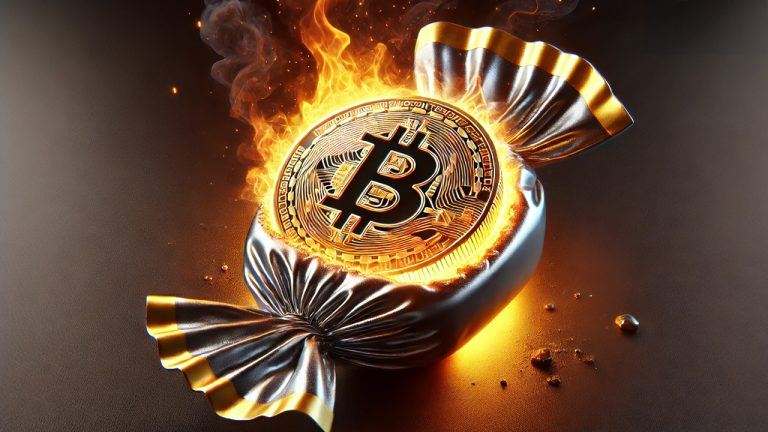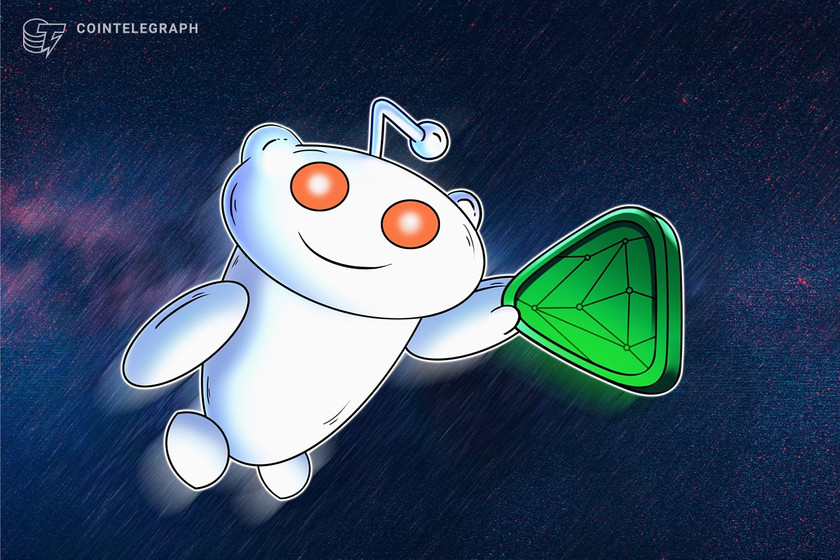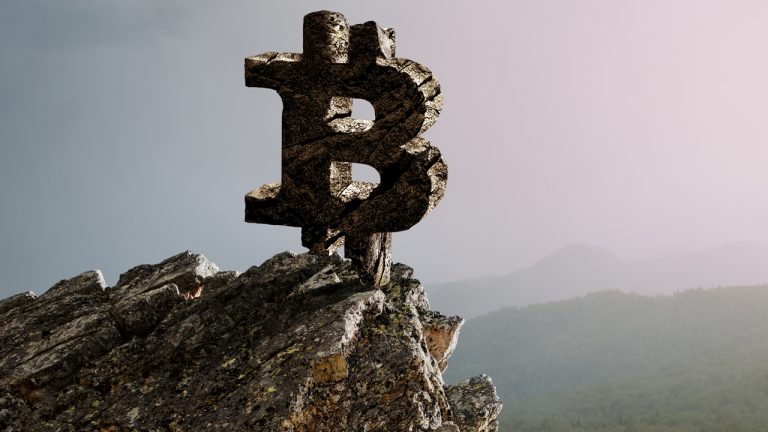
Previously unrecognized Ordinals inscriptions will be indexed by the protocol following the upgrade, which will allow them to be traded.
Developers behind the Bitcoin Ordinals protocol have rolled out a new upgrade that aims to cure over 71,000 invalid or “cursed” inscriptions — allowing them to be traded.
“Cursed inscriptions” was the name given to inscriptions that were created by incorrect use or intentional misuse of opcodes to create inscriptions, which led to them becoming invalid and unrecognized.
On June 4, developers, including Twitter user Raphjaph, revealed the Ordinals protocol was upgraded to version 0.6.0, which would be the first step in indexing the previously unrecognized inscriptions.
Just released a new version of ord (0.6.0), which implements the first steps in recognizing more types of inscriptions (cursed inscriptions). Additionally you can now pass in RPC credentials through command-line flags, environmental vars or a config file.https://t.co/Xi6C92cC6z
— raph (@raphjaph) June 4, 2023
The proposal to fix the issue was first s made in late April by Ordinals creator Casey Rodarmor to recognize these cursed inscriptions and convert them to “blessed” ones.
The upgrade introduced support for a subset of the different types of cursed inscriptions. It does this by setting a block activation height where specific types of previously invalid inscriptions would start being indexed as normal positive inscriptions.
Ordinals influencer LeonidasNFT explained that these would be added to the list of tradable indexed Ordinals, stating:
“This is important because over 70k existing but invalid inscriptions are now supported which means that once marketplaces upgrade to v0.6.0 you will be able to start trading them.”
He added that everyone holding cursed inscriptions “should expect the negative inscription numbers to be shifted.”
Version 0.6.0 of the Ordinals Protocol just went live!
— Leonidas.og (@LeonidasNFT) June 4, 2023
Here is everything you need to know about this major update:
Many previously unrecognized inscriptions are now indexed by the Ordinals Protocol as "Cursed Inscriptions". This is important because over 70k existing but… pic.twitter.com/Mh1pArg2p9
Bitcoin Ordinals are nonfungible asset artifacts that enable inscribing data onto the smallest division of a Bitcoin, a satoshi.
The protocol was launched in January by Casey Rodarmor, and the following month saw the inscription hype take off as thousands of them were imprinted on the Bitcoin blockchain, causing congestion and spikes in transaction fees.
Ordinals inscriptions have been considered similar to NFTs regarding rarity and collectability. Users are after a unique slice of data permanently etched onto the Bitcoin blockchain so these early or converted inscriptions on satoshis could become valuable at a later period.
Related: Ordinals good or bad for Bitcoin? Supporters and opposers raise voices
According to Dune Analytics, 10.8 million ordinal inscriptions have generated $45.5 million in transaction fees since the craze began earlier this year.
On May 28, Rodarmor announced he was stepping down and passing the reins to Raphjaph.
Magazine: Ordinals turned Bitcoin into a worse version of Ethereum: Can we fix it?




















